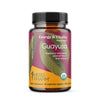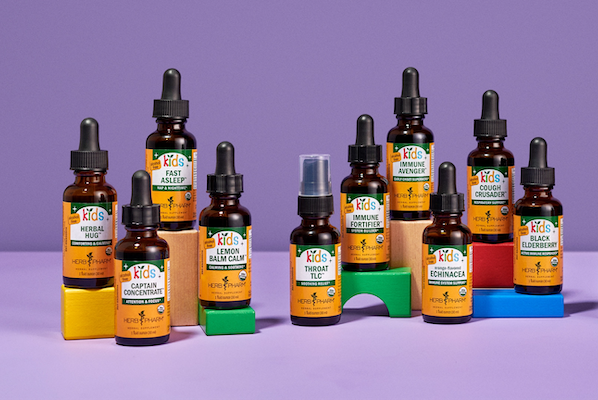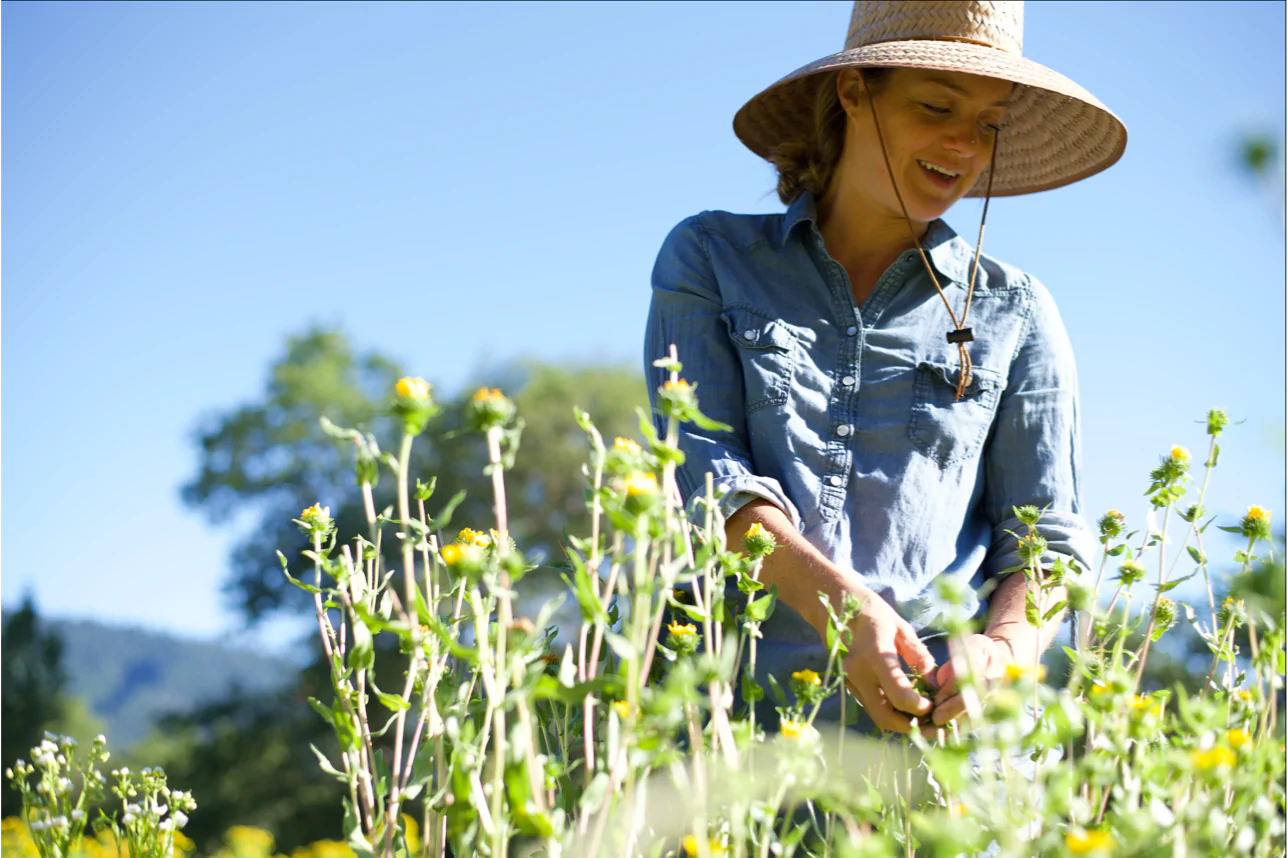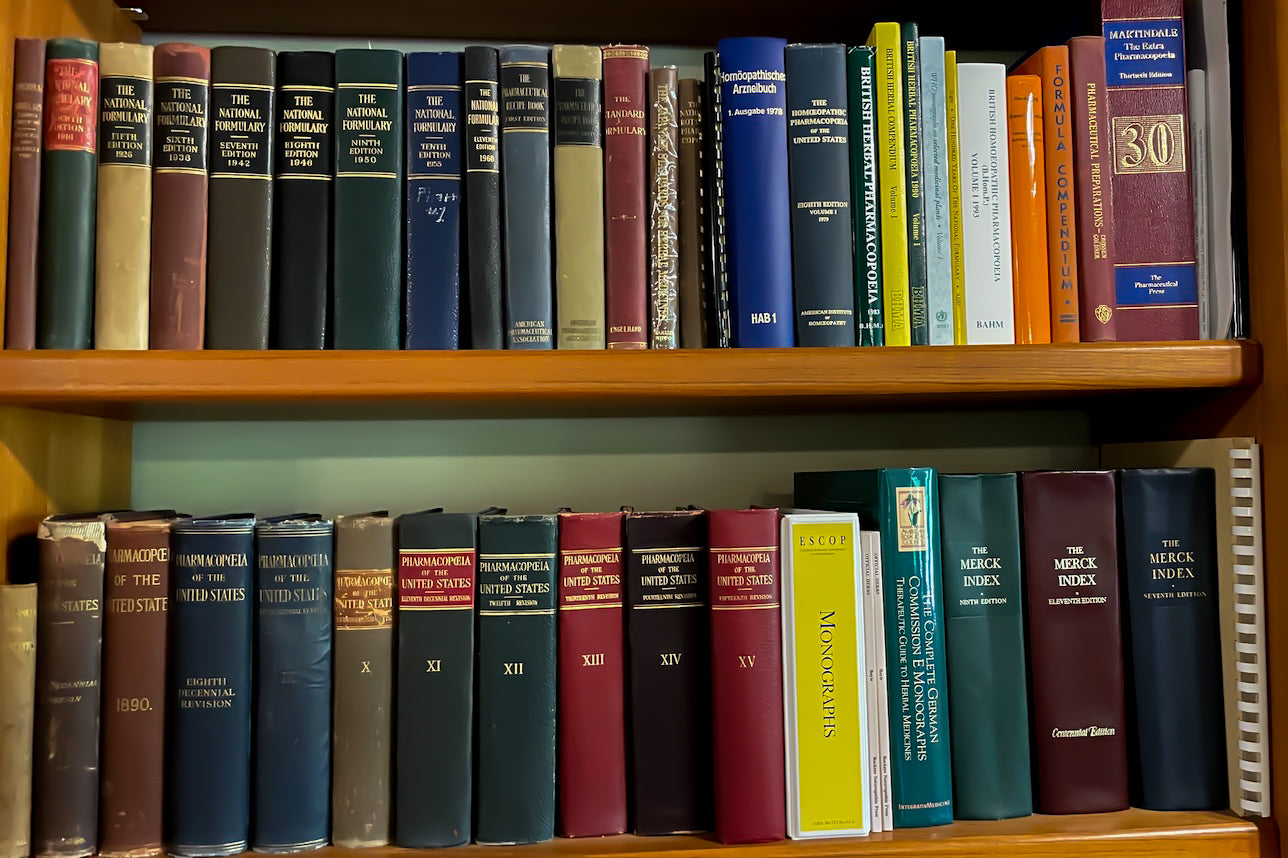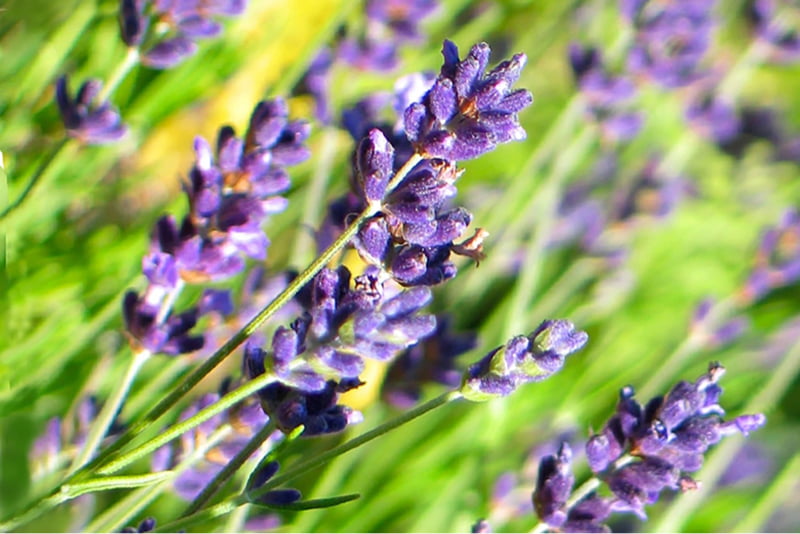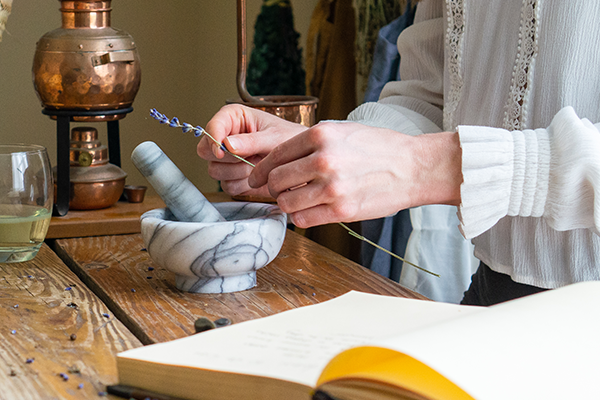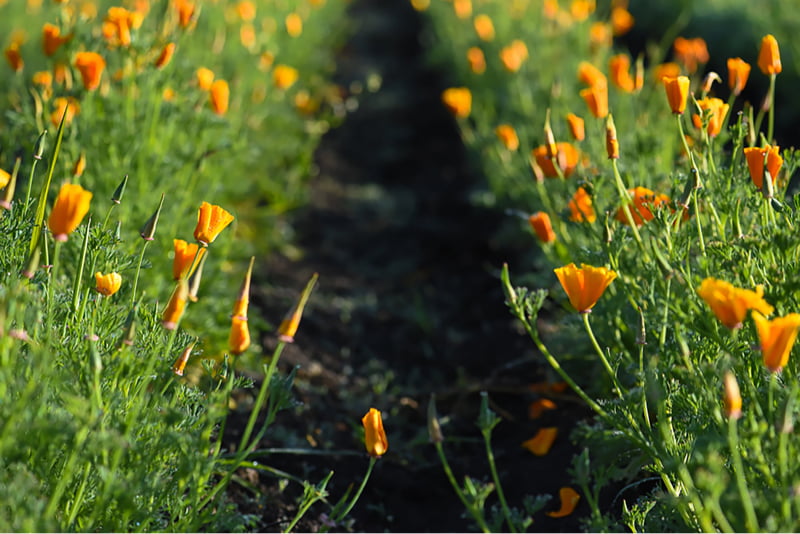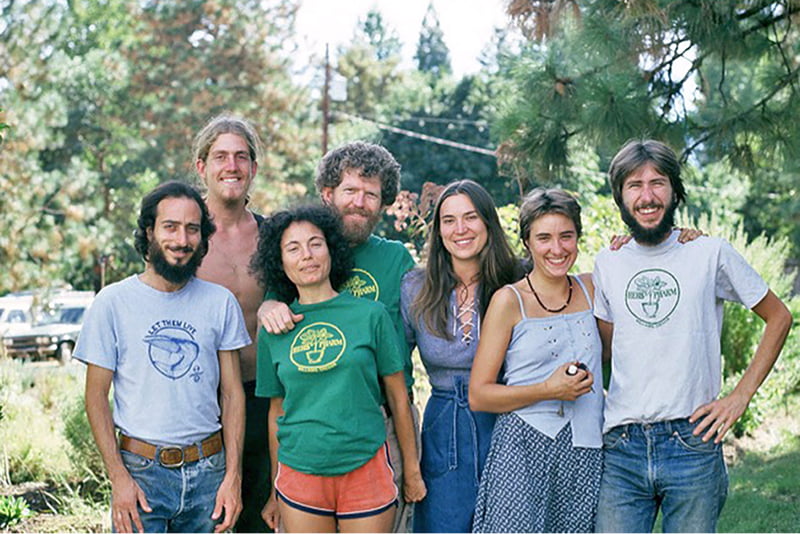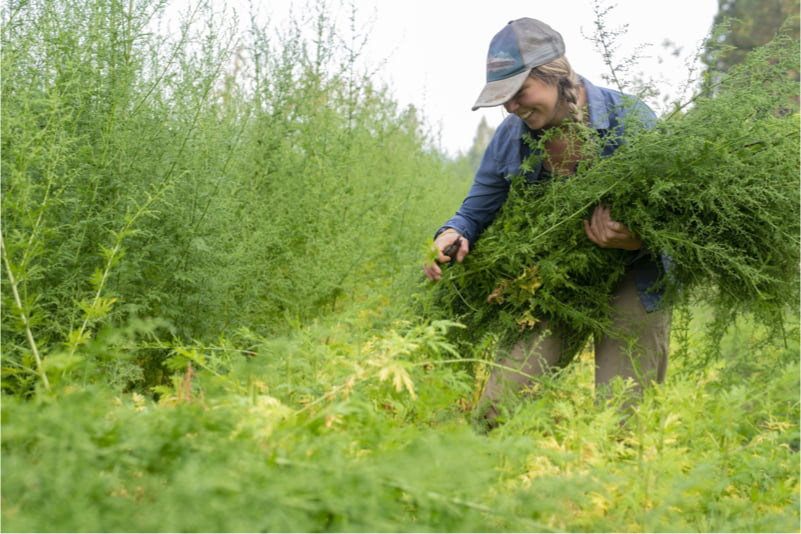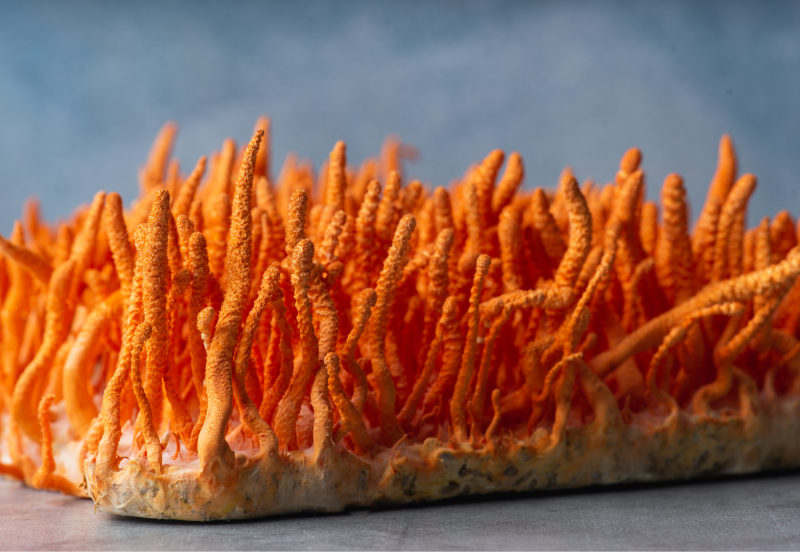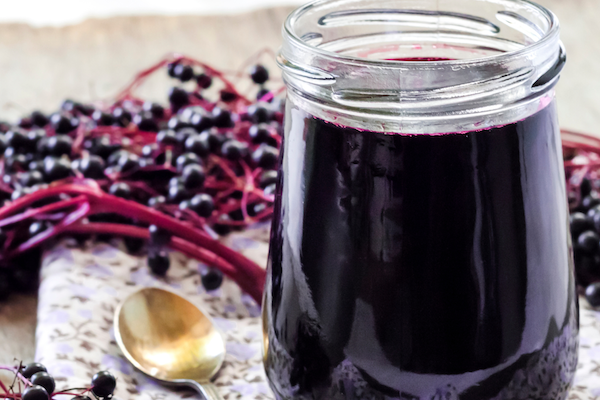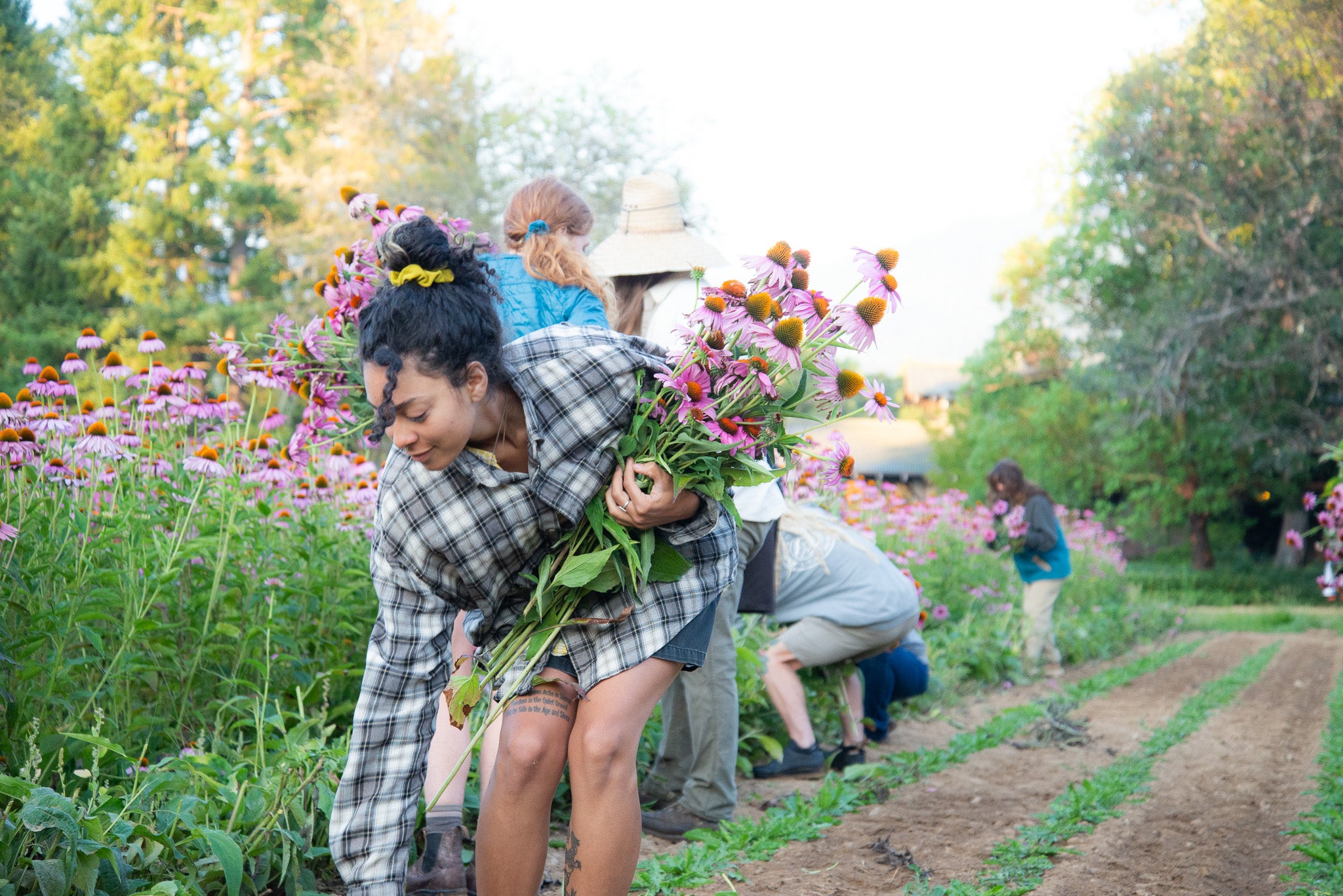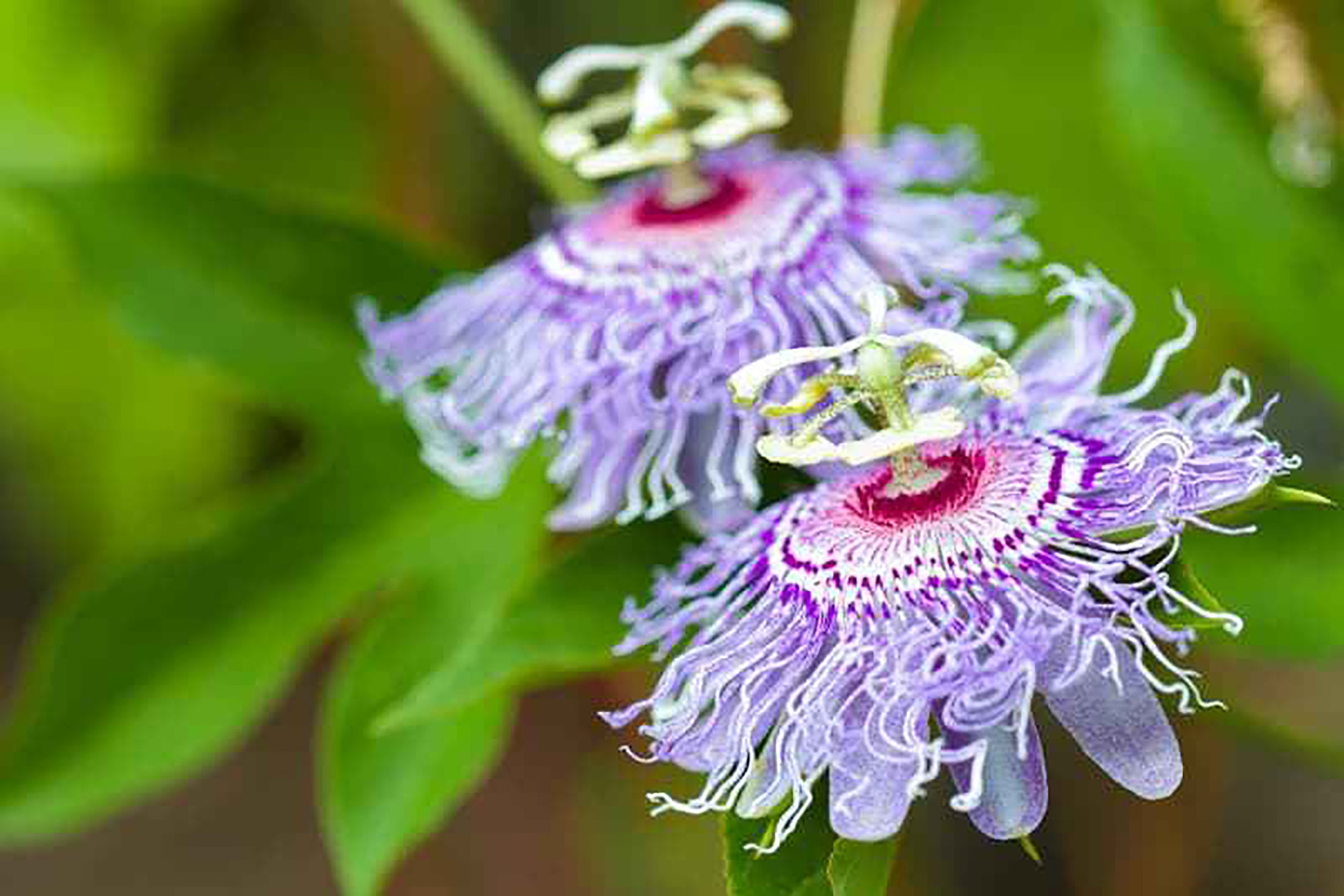Guayusa is native to neotropics in the Amazon basin and can be found in Bolivia, Brazil, Colombia, Ecuador, Peru, and Venezuela, where it is cultivated and grows wild.3,5 The trees’ distribution ranges from Central and South America and to Asia in tropical, subtropical, and temperate climates.7
The domesticated plant has seeds, but it is only known to reproduce asexually with human propagation help by replanting stem cuttings taken from the tree’s base.6
Despite its relative obscurity in North American herbalism, Guayusa has a long history of use with indigenous cultures in South America and was later introduced into modern civilization by colonialism in the 17th century.6 There is evidence that the plant was cultivated from at least 350 C.E.7 Leaves from the plant dating to 500 C.E. were found in a Bolivian tomb with multiple families, including what was thought to be a village herbalist of the Kallawaya society of traditional herbalists from before Incan times.6,7 These herbalists were descendants of the Tiwanaku culture.6,7
The genus of the plant was named Ilex in the 1700s by well-known Swedish botanist Carl Linnaeus, likely due to the similarities to the glossy leaves of the Mediterranean Holly Oak (Quercus ilex).7 The species name of guayusa was formally designated in 1901 by German botanist Theodor Loesener.4,7 He derived the name from the eastern Colombian, Ecuadorian, and Peruvian indigenous word, guayusa or huayusa, for the tea they made from the leaves.4,7 In eastern Ecuador, both the tree and the tea made from the leaves has many similar names, like Aguayusa, Guañusa, Guayusa, Wayusa (Kichwa), Waís (Shuar).5
This plant is the most commonly used herb by the Kichwa indigenous people from Canton Loreto, Ecuador, with a small stand often found near their homes for easy access.1,6 Guayusa is of great importance to this tribe for its traditional use in herbalism and as a ritual plant.1 The infusion is used for bonding rituals to strengthen close family relationships and encourage daily convivencia (conviviality), or relaxed friendliness.6 During these rituals, historically community members have been known to play music, weave fishing traps and nets, tell stories, or make shoulder bags while drinking the tea.6 Some Kichwa believed that the herb would help them dream and the elders would interpret the dreams, advising the tribes’ younger members.6 This community also held events during their fiestas that were themed around the herb. The last dance was called the Gran Guayusazo Bailable or Great Guayusa Dance Fest, and the woman chosen as Guayua Warmi (Guayusa Woman) in the beauty pageant served Guayusa tea to the community members.6
The Kichwa have also used the tea for various skin applications and the leaves to make a functional beverage combined with Ginger, Lime juice, other herbs, and/or sugar cane liquor.6 On hot days in the Ecuadorian highlands, the colonos (mestizo settlers) mix the infusion with sugar and Lemon juice and serve it cold during the middle of the day.6 This preparation is comparable to the beverage tereré made with Yerba Maté.6 In Colombia, Guayusa is consumed in downtown bars called peñas as hervidos, where hot drinks are made with the herb, mixtures of fruits, and spices in sugar cane liquor.6
In the rainforest of the Peruvian and Ecuadorian Amazon, male members of the Jívaro tribe drink a morning tea called wayus, from the Guayusa leaves, (which they call the weisa tree) at sunrise.2,5 After drinking the tea, they follow a routine including a ritualistic purification to lessen the effects of the caffeine consumed.2,5
Historical literature notes that the tea turns black like ink when the leaves are boiled. This might be because some tribes decoct the leaves for hours.5
Starting in 1730, an Italian missionary, Father Maroni, spent eight years with the Maynas natives, who mixed the leaf decoction with Orange or Lemon juice to support wellness in the excessively humid rainforest.5
The Pintsche community (who lived on the left bank of the Pastaza River in the Ecuadorian jungle) were historically noted to consume Guayusa tea as their beverage of choice, particularly at social gatherings.5
The coastal Tsa’chi people prepared an herbal steam bath using the plant.6
Majorcan missionary Father Juan Serra documented his interactions with the plant from 1756 to 1767 in Colombia’s Putumayo-Caquetá belt.5 He often traveled far and wide to seek the plant.5 On Christmas 1756, he convinced the mayor of Pueblo Viejo to have some locals take him to see the Guayusa trees deep in the tropical forest, using machetes to bushwack a path.5
“We arrived at the Guayusa grove, which is on a plain. The Guayusa tree is the most beautiful and luxuriant tree that I have ever seen. It grows to be rather large in girth, so much so that three men could not encircle it, and tall in proportion, with a heavy crown. The trunk is ash-color, like the trunk of a Poplar, the leaf a gentle and delightful green, so much so that, seeing it, I considered the hardship of the journey well worth while.”5
After harvesting leaves, he dug up some seedlings, then planted three Guayusa trees in each village of Putumayo so that all the priests would be able to consume this herb.5
Guayusa became an income-driving commodity for the Jesuits in the 1700s.5 They harvested the leaves and strung them together, transporting them to the highlands where they sold five leaves for a half real (the coin currency until 1871) in Ecuador’s capital, Quito.5 They described the leaves as being “prepared in the same manner as tea, with a very agreeable taste” while touting its benefits and its use in herbalism to persuade buyers.5 Once the Jesuits were driven out in 1766, the plant trade was reduced in the highlands and it is believed that the indigenous tribes took over the trade in a smaller-scale operation.5
Even after the plant fell out of favor, many nomadic communities moved to where known useful plants were already located or planted them upon arrival for their use.5 English botanist Richard Spruce noted a remnant tree grove found on Jívaro land in 1857 that was at least 100 years old.6,7 In later writings, Spruce specifically noted stands of Guayusa trees propagated near settlements and deserted native sites.6 Research from a 1968 paper noted Ilex guayusa was still in use with the following tribes at the time: Aguano, Auischiri, Chebero, Chívaro, Ikito, Kandoschi, Kanelo, Kaschibo, Kichos, Kokama, Koto, Lamisto, Mayoruna, Omagua, Omurana, Pánobo, Pinstsche, Pioché, Ssabela, Ssimaku, Tschamikuro, Tschayahuita, Yagua, Yameo, and Záparo.5 Today the leaves are strung into tight necklaces and hung for purchase by sellers along the direct thoroughfares to the Amazon or in main city markets of the Amazon and Andes.6
Anthropologist Rafael Karsten noted that both women and men of the Jívaro and Canelo/Kanelo people use the tea made from what they call a “magic” plant, to rinse the mouth before their victory feast, trophy head preparation, and the women’s feast.5,6 However, only the male tribesmen prepared it every morning for the others.5 It was even fed to the communities’ hunting dogs in preparation for the chase.5 Documented in 1682 by a Jesuit missionary in the Río Marañon region, the Jívaro tribe would drink the tea multiple times during the day in order to stay awake to be ready for battle in times of suspected enemy invasion.5
After the planting of Cassava crops by the Jívaro women of the tribe and Plantain and Mullein plantings by the men, a fast from drinking Guayusa was also used as a charm for a good growing season and harvest.5 The Jívaros believed it to be a good omen if they dreamed of the plant’s leaves boiling rapidly.5
Botanist Theodor Loesener speculated that Guayusa (Ilex guayusa) may be a cultivated variant of its relative Yerba Maté (Ilex paraguariensis) that grows wild and is cultivated in nearby Argentina, Paraguay, and Brazil.4 It was noted by Father de Zarate in 1739 that the missionaries used the tea in the same way as Yerba Maté was used in Paraguay, though only served in a gourd and not prepared in it like Yerba Maté is traditionally prepared.5,6 Botanically, Guayusa has a similar leaf shape and flower morphology to that of its smaller-statured cousin Yerba Maté.4 A northern Peruvian species, Ilex tarapotina, is historically noted to be believed as the original Maté tea.5 The North American species of this genus, known as Yaupon (I. vomitoria var. chiapensis), as well as I. yunnanensis is found and drank on the Chinese Tibetan border in a similar beverage.5
There are other plants that have the common name of Guayusa that are in different plant families and genera, such as Siparuna eggersii in the Monimiaceae family, as well as other plants in the Piperaceae family.5 These plants, along with Yerba Maté, are not the same as the Amazonian Guayusa and may not have the same usage ethnobotanically or in herbalism, making it important to always seek out and confirm the scientific botanical name.5
The tree grows fast, maturing at 5 years old.7 It can be harvested after only one year, making it a sustainable option for commercial farmers.7 Recently, commercial industry of the Certified Organic and Fair Trade herb has been growing.7 Guayusa can be cultivated in the western Amazonian rainforest alongside Coffee, Cacao, and Yuca plants in traditional agroforestry systems for commercial use to avoid mono-cropping.7 This combats climate change by facilitating significantly more carbon sequestration, preventing forest clearing by conserving tree biodiversity, raising the economy, and increasing food security to the indigenous farmers in remote villages.7












